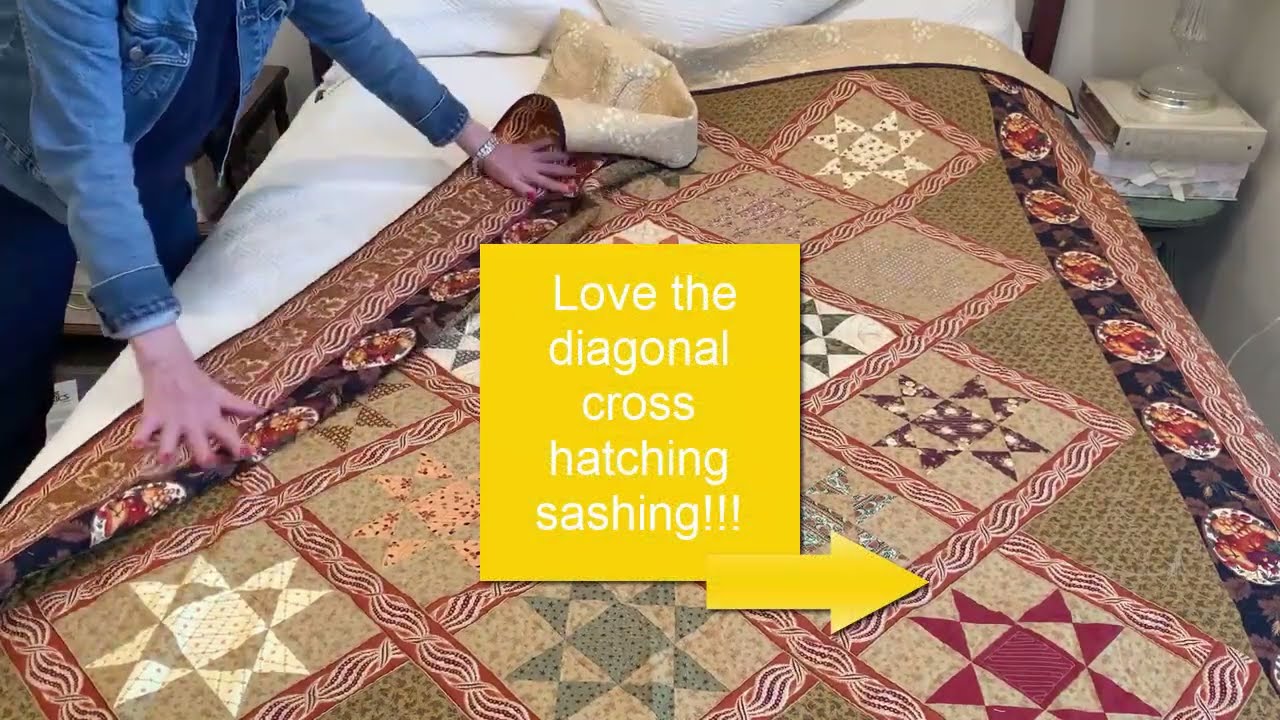Civil War fabric is a captivating collection that transports you back in time to one of the most pivotal periods in American history. With intricate designs and rich colors, this fabric captures the essence of the Civil War era, allowing you to create stunning and historically inspired projects. Immerse yourself in the drama, passion, and courage of those who lived through this tumultuous time as you explore the delicate floral prints, intricate paisleys, and authentic reproduction patterns found within this collection. Each fabric tells a story, inviting you to imagine the women who stitched these very patterns during an era of uncertainty and change. Whether you’re a history enthusiast, a quilter, or a sewing aficionado, the Civil War fabric collection offers a unique opportunity to connect with the past and bring a touch of nostalgia to your creative projects. Let your imagination soar as you honor and pay homage to the brave men and women who played a role in shaping our nation’s history with this exquisite fabric collection. Step into the past and let Civil War fabric be the thread that weaves together the stories of our ancestors.

Civil War Fabric: A Window Into History
The Civil War (1861-1865) was a defining moment in American history, and its impact is still felt today. One often overlooked aspect of this tumultuous period is the role of fabric. From the uniforms worn by soldiers to the quilts made by women on the home front, fabric played a crucial role in the lives of those affected by the war. In this article, we will explore the significance of civil war fabric and its lasting legacy.
The Importance of Fabric in Uniforms
Uniforms were not only a practical necessity for soldiers during the Civil War but also served as a symbol of identity and allegiance. The fabric used in these uniforms varied depending on the region and availability of materials. Wool was the most commonly used fabric due to its durability and insulation properties. It provided soldiers with much-needed warmth during harsh winters on the battlefield. Additionally, the distinctive colors and patterns of the uniforms helped distinguish friend from foe on the chaotic battlegrounds.
The Role of Fabric in Women’s Contributions
While men fought on the front lines, women played a crucial role in supporting the war effort on the home front. Women sewed garments, knitted socks, and made quilts for soldiers. These items were often made from scraps of fabric, as resources were scarce during the war. Quilts, in particular, were not only practical but also served as a form of storytelling. Women would incorporate symbols and motifs into their quilts, weaving together a narrative of their experiences and emotions during the war.
Quilts: A Testament to Resilience
Quilts from the Civil War era are highly sought after by collectors and historians alike. These quilts provide a unique glimpse into the lives of the women who made them. The patterns and fabrics used in these quilts can reveal important information about the socio-economic status, geographic origins, and even political beliefs of their creators. Quilts served as a form of expression and a means of preserving memories during a time of immense hardship and upheaval.
The Legacy of Civil War Fabric
Civil war fabric has left a lasting legacy in American history and culture. The use of specific fabrics, such as wool, in military uniforms during the war influenced future military dress regulations. The techniques and styles of quilting used during this period have also endured, with many contemporary quilters drawing inspiration from Civil War-era quilts. Furthermore, the symbolism and storytelling embedded in these quilts continue to resonate with collectors and enthusiasts today, reminding us of the resilience and strength of those who lived through this pivotal period in our nation’s history.
The Preservation of Civil War Fabric
Preserving civil war fabric is of utmost importance to historians and collectors. Proper storage and handling techniques are essential to ensure that these delicate textiles survive for future generations. Museums and historical societies often employ conservationists who specialize in textile preservation. These experts carefully clean, repair, and store civil war fabric using specialized techniques and materials. Additionally, digital preservation methods, such as high-resolution photography and 3D scanning, are increasingly being used to document and share these textile artifacts with a wider audience.
In conclusion, civil war fabric provides a tangible connection to the past. From the uniforms worn by soldiers to the quilts made by women, fabric played a vital role during this pivotal period in American history. The significance of civil war fabric extends far beyond its practical uses, serving as a testament to the resilience, creativity, and resourcefulness of those who lived through this turbulent era.
“Stitching History: A Patchwork Blend of Civil War and Contemporary Fabrics”
List of Civil War Fabric
- Cotton
- Wool
- Linsey-woolsey
- Silk
- Taffeta
- Calico
- Muslin
- Flannel
- Chintz
- Velvet
Civil War Fabric
| Fabric Type | Characteristics | Significance |
|---|---|---|
| Wool | Thick, warm, and durable. | Wool was the most commonly used fabric during the Civil War due to its ability to provide insulation and withstand harsh weather conditions on the battlefield. It was used for military uniforms, blankets, and socks. |
| Cotton | Lightweight and breathable. | Cotton was widely used for civilian clothing during the Civil War. Its affordability and comfort made it popular among both men and women. Cotton dresses, shirts, and undergarments were commonly worn by civilians during this era. |
| Silk | Luxurious and delicate. | Silk was primarily used for special occasion garments during the Civil War. It was often reserved for high-ranking officers, aristocrats, and wealthy individuals. The shimmering and smooth texture of silk added a touch of elegance to military uniforms and formal dresses. |
| Linen | Lightweight and cool. | Linen was commonly used for undergarments and summer clothing during the Civil War. Its breathable nature made it suitable for warm weather and helped soldiers cope with the extreme heat. Linen shirts and drawers were essential components of soldiers’ uniforms. |
| Leather | Durable and protective. | Leather was utilized for military accessories and footwear during the Civil War. It provided soldiers with protection and durability on the battlefield. Leather boots, belts, and cartridge boxes were essential items for soldiers, ensuring their safety and convenience. |
This table highlights the various fabrics used during the Civil War and their significance in both military and civilian contexts. Wool, being thick and warm, was the go-to fabric for military uniforms and protective gear due to its ability to withstand harsh weather conditions. Cotton, on the other hand, was popular among civilians for its lightweight and breathable qualities, making it comfortable for everyday wear. Silk, being luxurious and delicate, was reserved for special occasions and added an air of refinement to military uniforms and formal dresses. Linen, known for its lightweight and cool properties, was favored for undergarments and summer clothing to combat the scorching heat. Lastly, leather, with its durability and protective attributes, played a vital role in military accessories and footwear, ensuring soldiers’ safety and convenience in the midst of battle.

